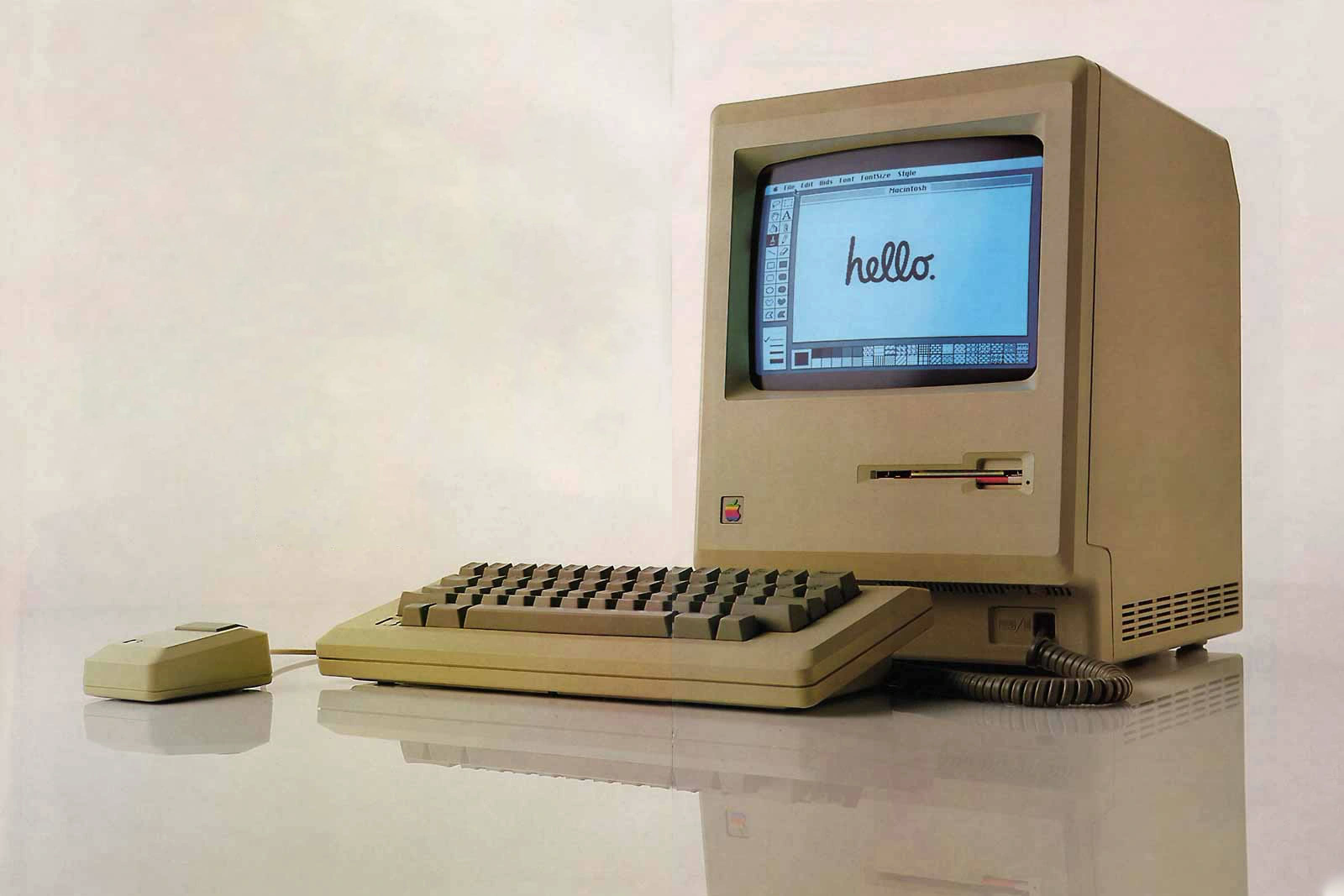
A great interview with BYTE Managing Editor Phil Lemmons and the design team for Apple Computer Inc.’s new Macintosh computer in 1983. I think this is the first time I see Steve Jobs really voicing is key insight that has made Apple a 2 trillion dollar tech behemoth - having excellent hardware foundations is just table stakes, its the software / hardware integration that determines greatness.
And there isn’t any company on the planet that is better at exploiting hardware/software today than Apple.
If you read the Apple’s first brochure, the headline was “Simplicity is the Ultimate Sophistication.” What we meant by that was that when you first attack a problem it seems really simple because you don’t understand it. Then when you start to really understand it, you come up with these very complicated solutions because it’s really hairy. Most people stop there. But a few people keep burning the midnight oil and finally understand the underlying principles of the problem and come up with an elegantly simple solution for it. But very few people go the distance to get there.
One of the things we really learned with Lisa and from looking at what Xerox had done at PARC [Palo Alto Research Center] was that we could construct elegant, simple systems based on just a bit map… no character generators…and save tons of chips if we had software fast enough to paint characters on the screen, given the processor. Apple was the first company to figure out how to do that with a microprocessor…and really still is the only company that’s doing it with a microprocessor. That’s what Bill figured out how to do with Quickdraw.
The real reason that we chose originally to use the 68000 was so we could pick up Quickdraw. Macintosh uses the exact same graphic structure and package, the exact same code, as Lisa does. So, by paying a little more for the microprocessor, not only were we able to give the customer an infinitely more powerful chip than, say, an 8-bit chip or one of Intel’s baby micros, but we were able to pick up this amazing software, and that allowed us to throw tons of chips out of this thing. We didn’t have to get special custom text or graphics chips. We just simplified the system down to where it’s just a bit map on the screen, just Bill’s amazing software and Burrell’s amazing hardware, then in between that the other amazing software that we have. We tried to do that in every single way, with the disk and with the I/O …rather than slots.
When we first started off with Apple II, the variability— how you customize your machine— was with hardware; you plugged in a card. And because we didn’t have any idea what these computers were going to be used for, that variability was very important. But now we have a much greater understanding of what people are using these products for. And the customization really is mostly software now. The way I customize my machine to do what I want is by sticking in a disk more than anything else.